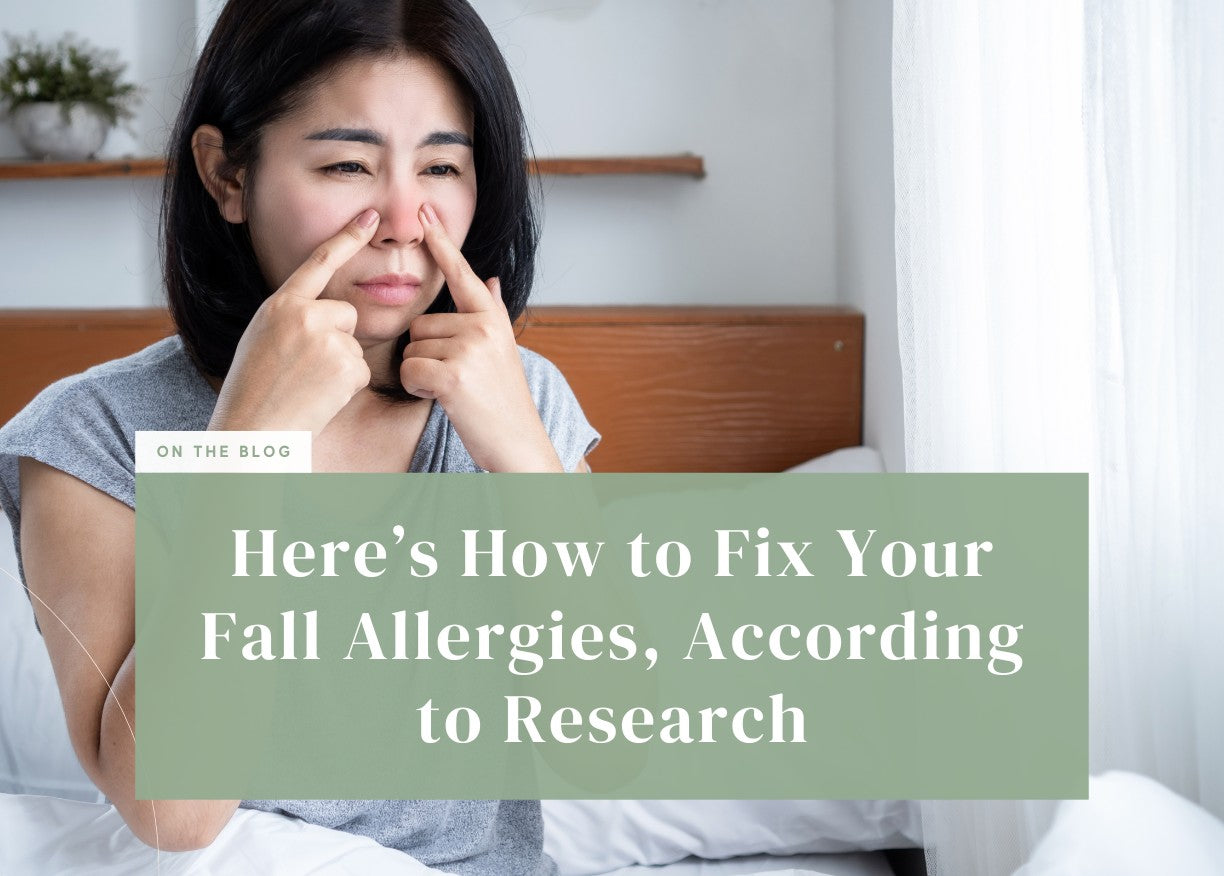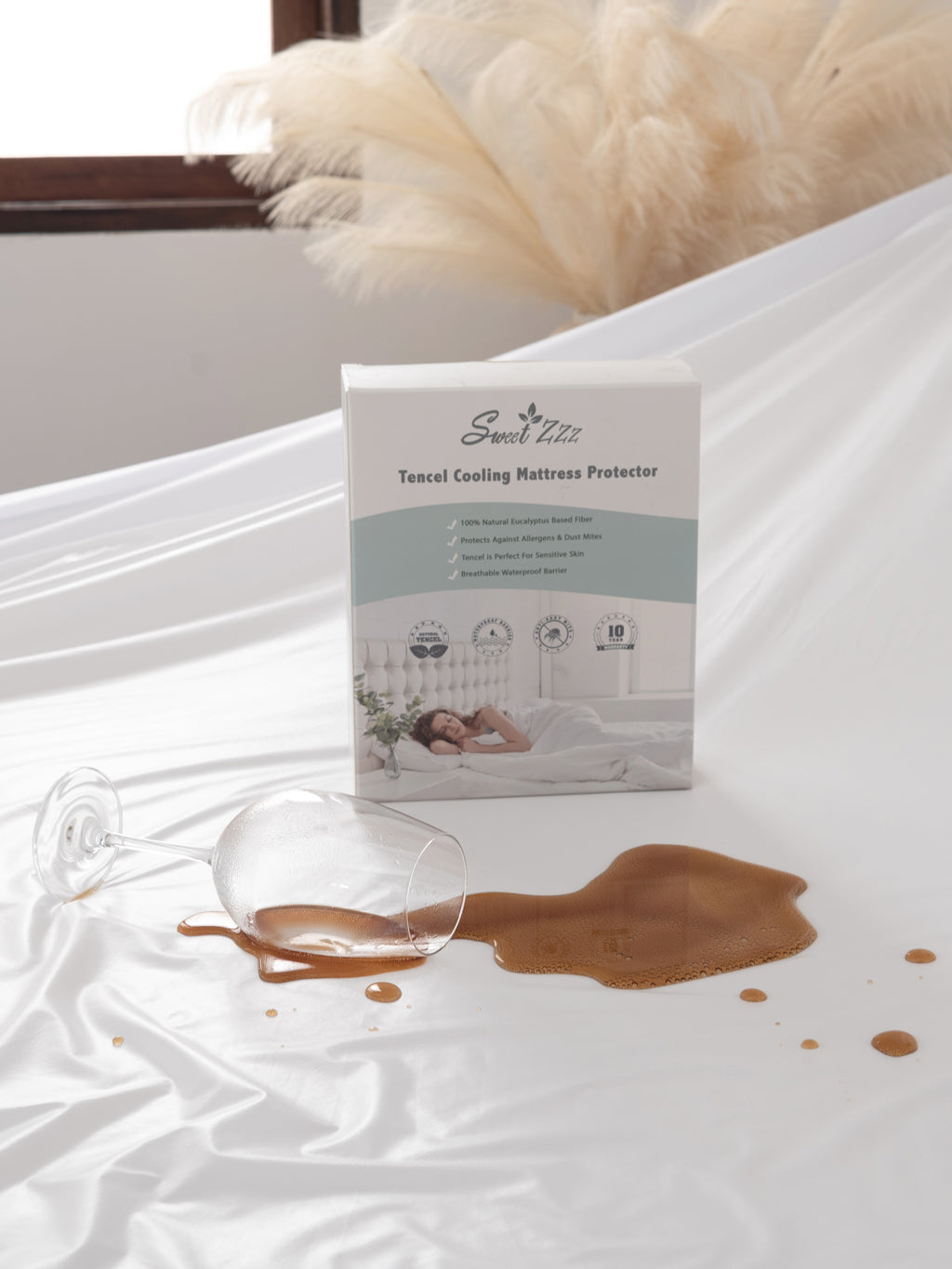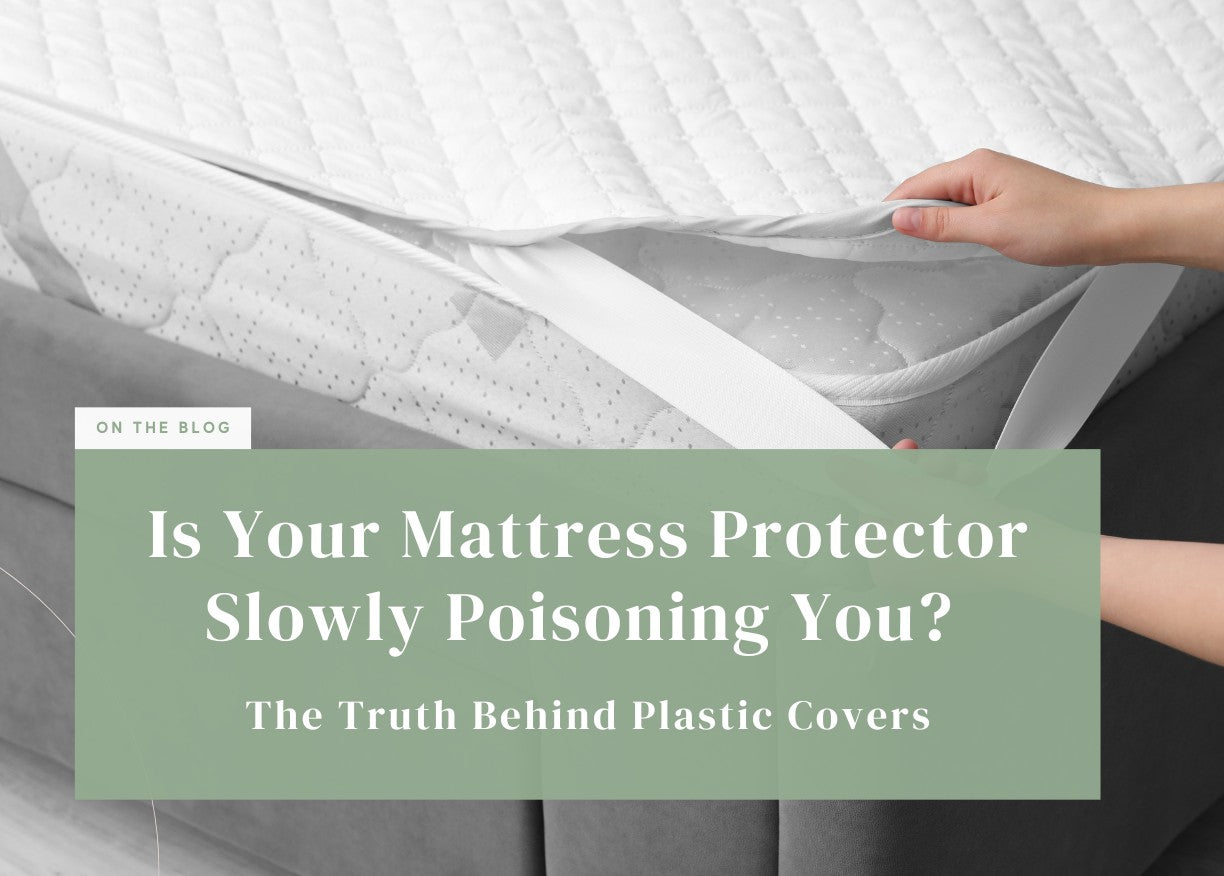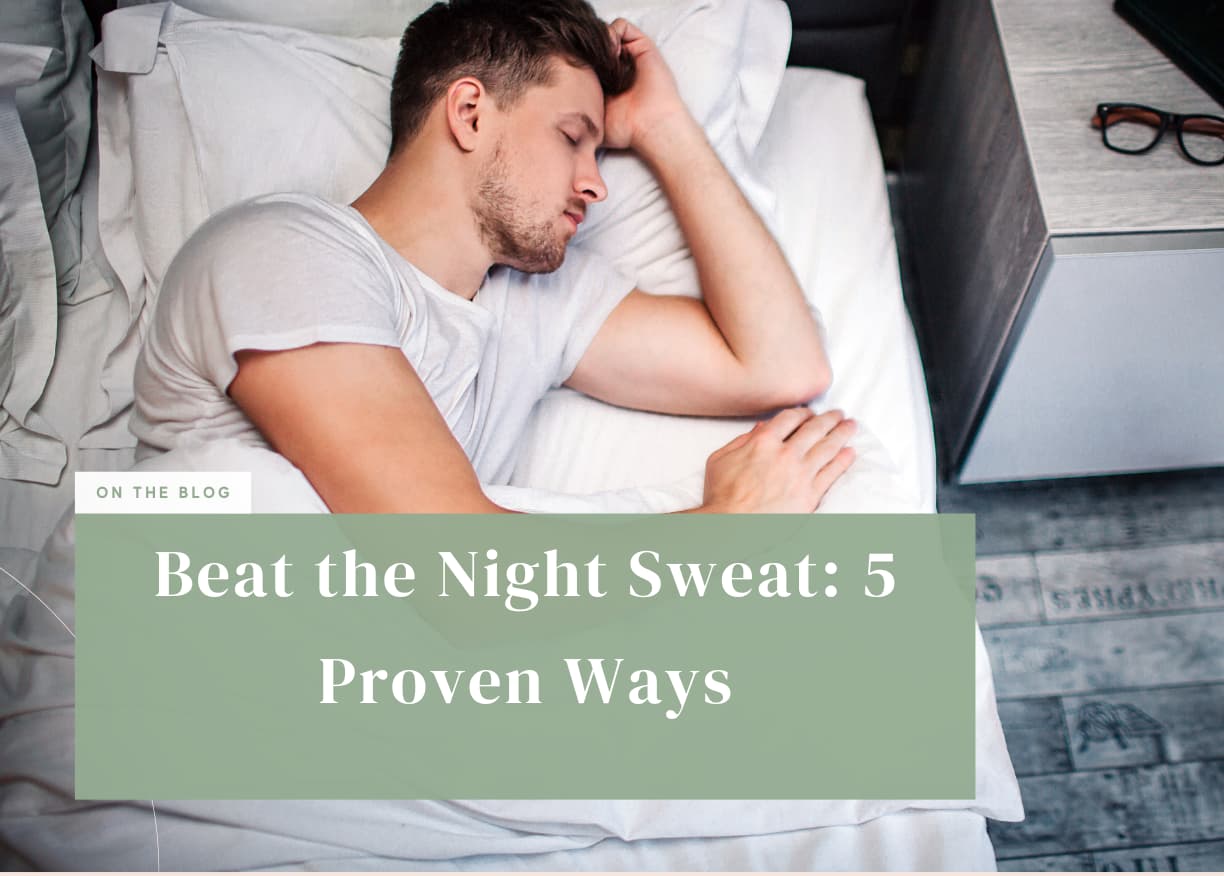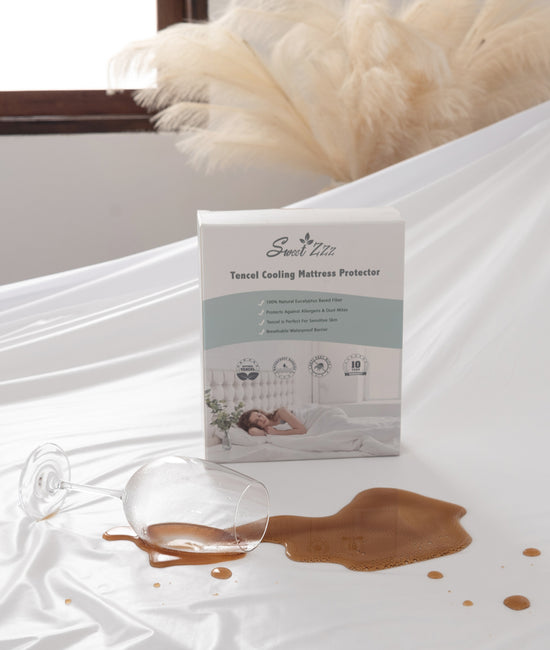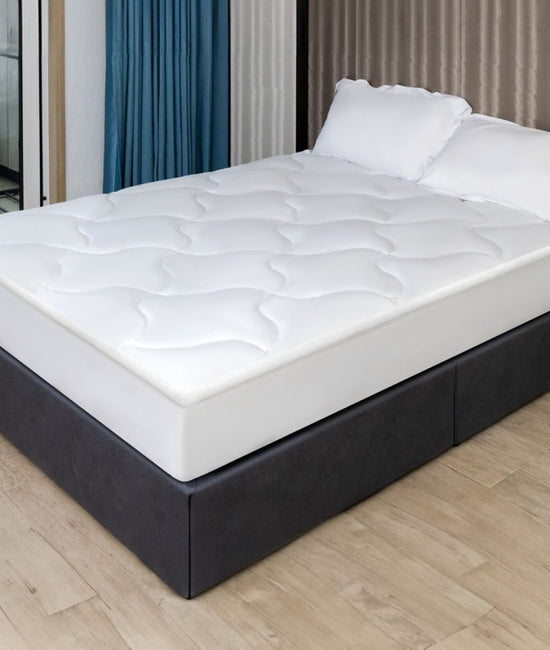Here’s How to Fix Your Fall Allergies, According to Research
You step outside on a crisp fall morning, the leaves crunch beneath your feet, and there’s a chill in the air. It’s the season for cozy sweaters, warm drinks, and everything pumpkin-flavored. But for many of us, fall comes with an unwelcome guest: allergies.
You’re not alone if you’ve found yourself sneezing more, rubbing your itchy eyes, or reaching for that tissue box just a little too often this season. And it’s not just a nuisance—it can also ruin your sleep.
Let’s dig into why this happens every autumn and, more importantly, what you can do about it based on research.
The Fall Allergy Sneak Attack
It always seems to start out of nowhere. One day you’re enjoying the crisp air, and the next, your nose is running like a faucet. But what causes this sudden allergy onslaught in the fall?

The most common culprit is ragweed pollen. Ragweed season peaks in fall, and just a single plant can release billions of pollen grains into the air. But it’s not just ragweed. As the leaves start to fall and the air becomes cooler, mold spores and dust mites—both common triggers—thrive in these conditions.
So while the changing leaves are beautiful, the environmental shift stirs up allergens that can take a toll on your health.
But don’t worry, you can take action.
Make Your Bedroom an Allergy-Free Zone
You can’t control what’s floating around outside, but you do have control over what’s inside your home—especially your bedroom. After all, your bedroom should be a sanctuary, not a breeding ground for allergens.
The key here is keeping the air as clean as possible. Research published by the National Institutes of Health has shown that using air purifiers with HEPA filters can help significantly reduce allergens like pollen, mold, and dust mites. If you haven’t invested in one yet, fall might be the perfect time to do so. They’re a game-changer for keeping those sneaky allergens from interrupting your rest.
And let’s talk about your bedding. Fall means cozying up with more blankets, but those can trap allergens if they aren’t cleaned properly. According to the American Academy of Allergy, Asthma, and Immunology, washing your bedding weekly in hot water is crucial. It’s not just your bed, though—dust mites and allergens thrive in carpets, curtains, and even stuffed animals. Make sure these get regular cleaning too.
Address the “Invisible” Fall Threat: Mold
When you think of mold, you probably imagine dark, damp spaces like basements. But as the leaves fall and start to decompose, mold spores can become airborne. These tiny particles often make their way into homes through open windows or on your clothes.

Mold can be particularly irritating for those who suffer from respiratory issues. A study from the Centers for Disease Control and Prevention (CDC) has shown that prolonged exposure to mold can lead to serious health problems, including chronic sinus infections, asthma flare-ups, and even long-term lung issues. If you notice a musty smell in your home or wake up with sinus pressure, mold could be the culprit.
The solution? Control the humidity in your home. A humidity level of 30-50% is ideal to prevent mold growth. If your home is too humid, consider using a dehumidifier to keep those spores at bay.
The Role of Bedding in Fall Allergies
And here’s where things get interesting. You might not realize it, but your mattress and pillow protectors could be making your allergies worse. While they’re designed to guard your bedding from dust mites and spills, many cheap protectors are made from materials that trap moisture, creating the perfect environment for mold and dust mites to thrive.
Switching to natural, breathable materials like those found in the Sweet Zzz Eucalyptus Mattress Protector can help. Its natural eucalyptus-based fiber not only keeps allergens out but also allows your mattress to breathe, ensuring that moisture doesn’t get trapped. Unlike many vinyl or plastic protectors, this one keeps your bed cool and dry—ideal for an allergy-free sleep environment.
Final Thoughts: Your Fall Allergy Action Plan
As the leaves change and fall settles in, take some time to adjust your home and sleep environment. Fall allergies don’t have to get in the way of enjoying the season, and a few strategic changes can make all the difference. Start by cleaning your bedding more frequently, investing in a high-quality air purifier, and considering natural bedding materials to keep allergens at bay.
This season, don’t let allergies ruin your cozy fall nights. Take action and make your bedroom a safe, allergy-free space so you can breathe easy and sleep better.
And as you settle into your newly refreshed, allergen-free sleep haven, let your body relax and recharge, knowing that you’ve taken steps to ensure a healthier, more comfortable fall.


